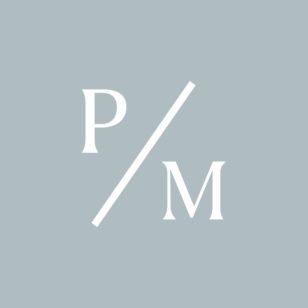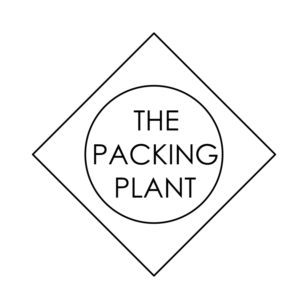INTERVIEW: CAROLINE HATFIELD
FEB. 12, 2021
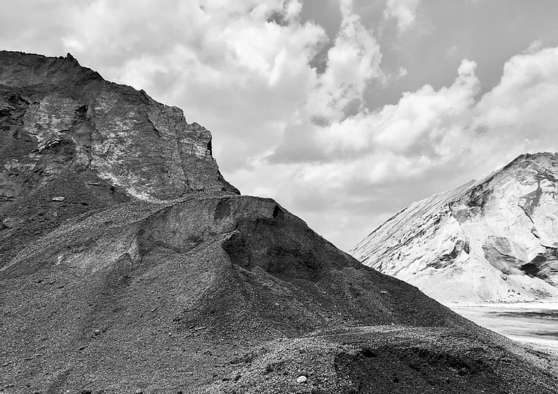
INTERVIEW: CAROLINE HATFIELD
FEB. 12, 2021
Rachel Bubis: I love this quote from you that I read in Heartwood Literary Magazine where you define yourself as an artist:
Caroline Hatfield: "I define myself as an Appalachian artist, despite making contemporary art rather than focusing on using traditional art forms more readily associated with the culture. I often describe my aesthetic taste as “dusty and rusty”, undoubtedly a result of growing up in a community of farming, logging, and mining. Yet, it is also very grounded in the vibrancy of that place - the dense woods, lush vegetation, and abundant waters, as well as the liveliness of the culture and resilience of the people. While my work draws from a wide range of influences, like geology and science fiction, I find it always returns to my personal experience of living in Tennessee."
![Caroline Hatfield, Impart, 2020, dimensions variable/approximate, 14' x 7' x 6', found object, ceramic, glass, sand, salt [detail] Caroline Hatfield, Impart, 2020, dimensions variable/approximate, 14' x 7' x 6', found object, ceramic, glass, sand, salt [detail]](https://locatearts.org/uploads/blog/Impart3.jpg)
Caroline Hatfield, Impart, 2020, dimensions variable/approximate, 14' x 7' x 6', found object, ceramic, glass, sand, salt [detail]
RB: Have you noticed any surprising changes in the Appalachian landscape or culture since your youth?
CH: Honestly, I feel ill-equipped to address Appalachia because it is such a nuanced conversation. Even identifying as an “Appalachian artist” or embracing it in my work has been a difficult process.
My hometown is a pretty insulated community in the Cumberland Gap region, saturated with all of the typical hillbilly stereotypes. I left for college with nothing but a strong accent and completely oblivious to the outside world. With the perspective of life and experiences, it wasn’t long before I felt embarrassed by where I came from. I (regrettably) trained myself to speak without an accent and made no mention of my roots, but they managed to gradually surface into my art practice. With time, I began to appreciate the culture I came from, despite its flaws and contradictions.
After spending many years away, I returned at the beginning of 2020 for what has ended up being an extended stay (thanks Covid!). Not much has changed here and the familiarity, for better or worse, has been welcomed. The accent is making a comeback!
![Caroline Hatfield, Impart, 2020, dimensions variable/approximate, 14' x 7' x 6', found object, ceramic, glass, sand, salt [detail] Caroline Hatfield, Impart, 2020, dimensions variable/approximate, 14' x 7' x 6', found object, ceramic, glass, sand, salt [detail]](https://locatearts.org/uploads/blog/Impart2.jpg)
Caroline Hatfield, Impart, 2020, dimensions variable/approximate, 14' x 7' x 6', found object, ceramic, glass, sand, salt [detail]
RB: When looking at your dystopian landscapes, I can’t help but think about how dramatically many landscapes have changed in the past year, and how they too resemble scenes out of a sci-fi story. For example, brawling monkeys in a city plaza of Thailand. Or an empty Times Square in NYC. Have the events of the past year inspired/ shifted your perspective or practice in any way?
CH: Indeed, this past year has been an abrupt break with life as we knew it.
The landscapes I create are empty of human life, as well as often void of any habitable features. I take this approach to try to distill the landscape down to the most essential features - to present the substance of landscape and a process of transformation. The inclusion of a metal tower or a barrel serves as a relic of industrial, labored activity. I think of this as an anchor to our human narrative within a strange land. Even so, I try to keep the installations ambiguous, because the question of dystopia and utopia is a matter of perspective. Is land without humans a dystopia? Or, is an empty landscape, so often synonymous with possibility and hope, a utopia? For whom? Nature seems to effortlessly balance creation and destruction. The relationship is even embedded in the ground, geologically speaking. Yet, we have arrived at this prevailing ideology of progress and it has pushed us so far outside of that natural balance.
During lockdown last spring, I was living in a camper on my family’s property, which is down in a hollow, partly wooded with pastures. I cannot tell you how grateful I was for that isolation. For as much uncertainty as there was out there, my world kept turning with blooming dogwoods, gardening, and mushroom hunting. At the same time, the turmoil of recent months has really galvanized my opinions and beliefs about our societal problems. My art practice and research has some social issues around the periphery, but I’ve chosen to center the aesthetic aspects and the fictional or theoretical. Now I have a desire to bring those fringes in and apply them. I am thinking a lot more about land ownership, private vs. public resources, and what our future relationship to the environment (and each other) may be.
It was with that in mind that I created Impart (2020). I paired a section of old fence from the farm with a sweeping miniature valley, dotted with ceramic/glass craters. The relationship of a field and fence is very poetic and circular. On a basic level, you clear a forest to create a field, then use the timber to enclose it with a fence. It is an interdependent act, one that offers peace and security in an insulated way. Yet, it is also destructive and violent - a double edged sword. Consider the land enclosures of the U.K. throughout the 16th-19th centuries, which privatized millions of acres previously available for use as common land. It restructured society, creating the conditions for urbanization and the industrial revolution. It, at once, took away independence in one way and afforded it another. It’s an example that comes to mind when thinking of the massive social implications of our relationship to land - even something as simple as running a fence.
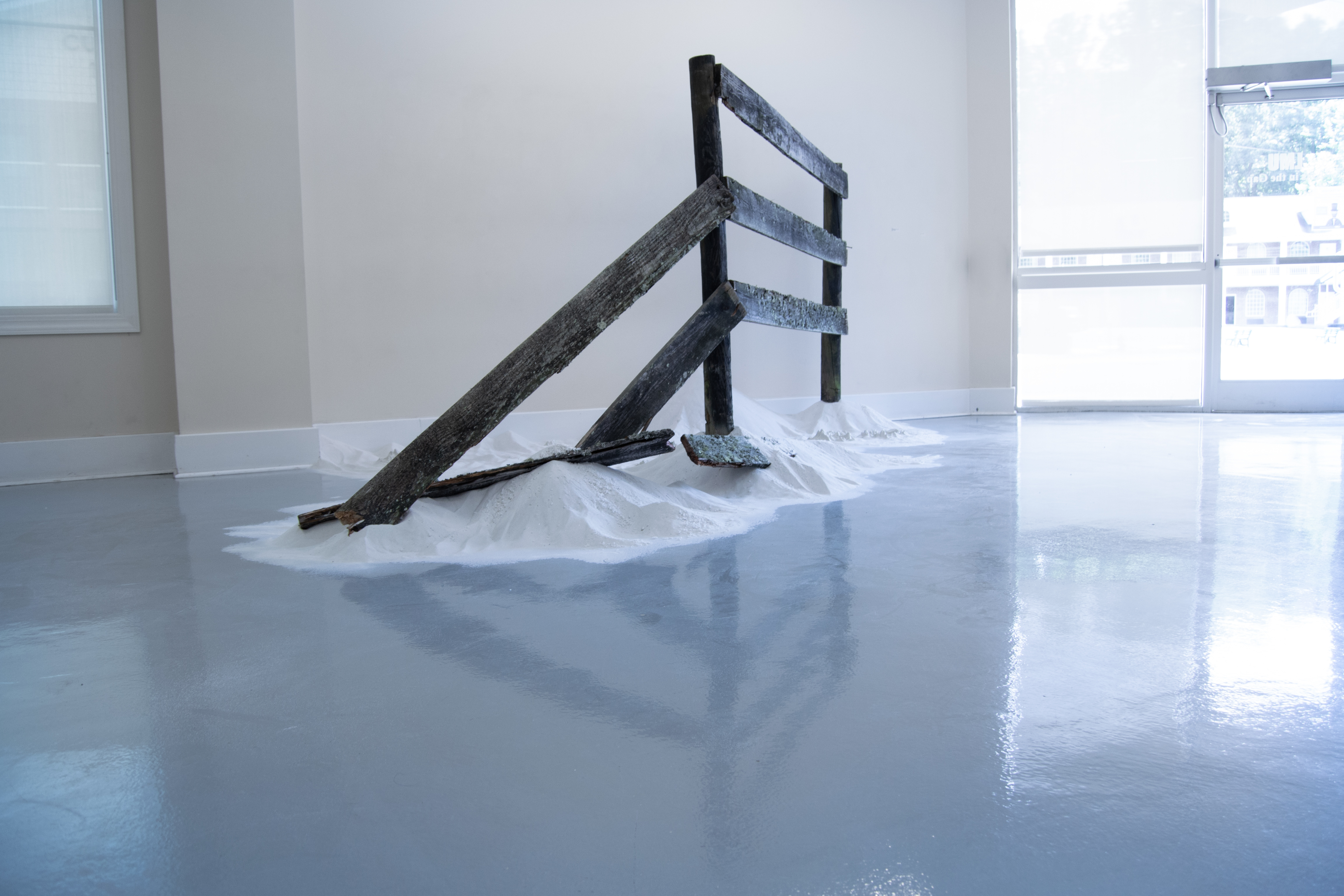
Caroline Hatfield, Impart, 2020, dimensions variable/approximate, 14' x 7' x 6', found object, ceramic, glass, sand, salt
RB: What draws you to making miniatures/ working in the scale that you do? I have childhood associations with the toylike scale and I wonder if you are thinking about that at all. Also, do you consider different perspectives when choosing to have viewers look down on the landscapes from above?
CH: Yes, I do see the miniature aspect as toylike in a lot of ways. Ultimately, everything I do is just some type of world-building and that has been a habit of mine since childhood. I’m interested in how we literally landscape, manipulate, commodify, and aestheticize our surroundings. I wonder sometimes how different that really is from making mud pies or building a fort? All of it comes from a fundamental, sensorial connection we have to the earth and some sort of inherent inclination to labor.
The perspective for viewers from above is meant to be “aerial,” like viewing a landscape from an airplane, because I want to present as much of the “world” as possible.

Caroline Hatfield, Land and Water, 2019, 45" x 144" x 96”, mortar stands, plywood, crushed recycled concrete, resin bonded concrete, aluminum, dyed water, water pumps
RB: What’s your process like? In addition to sculpture you also do “field research” through photography? Do you make 2D work first and make sculpture from those? Or is it more fluid?
CH: The photography is mostly just functional - I use my camera to go out into the world and document landscapes, geological formations, and the presence or interaction of earth elements. I think of it as ‘surface, structure, substance’. The images are inspiration for installations, but I also seek out environments to document similar to my fictional visions. Occasionally the images turn into finalized works, such as Field and Fence (2020).
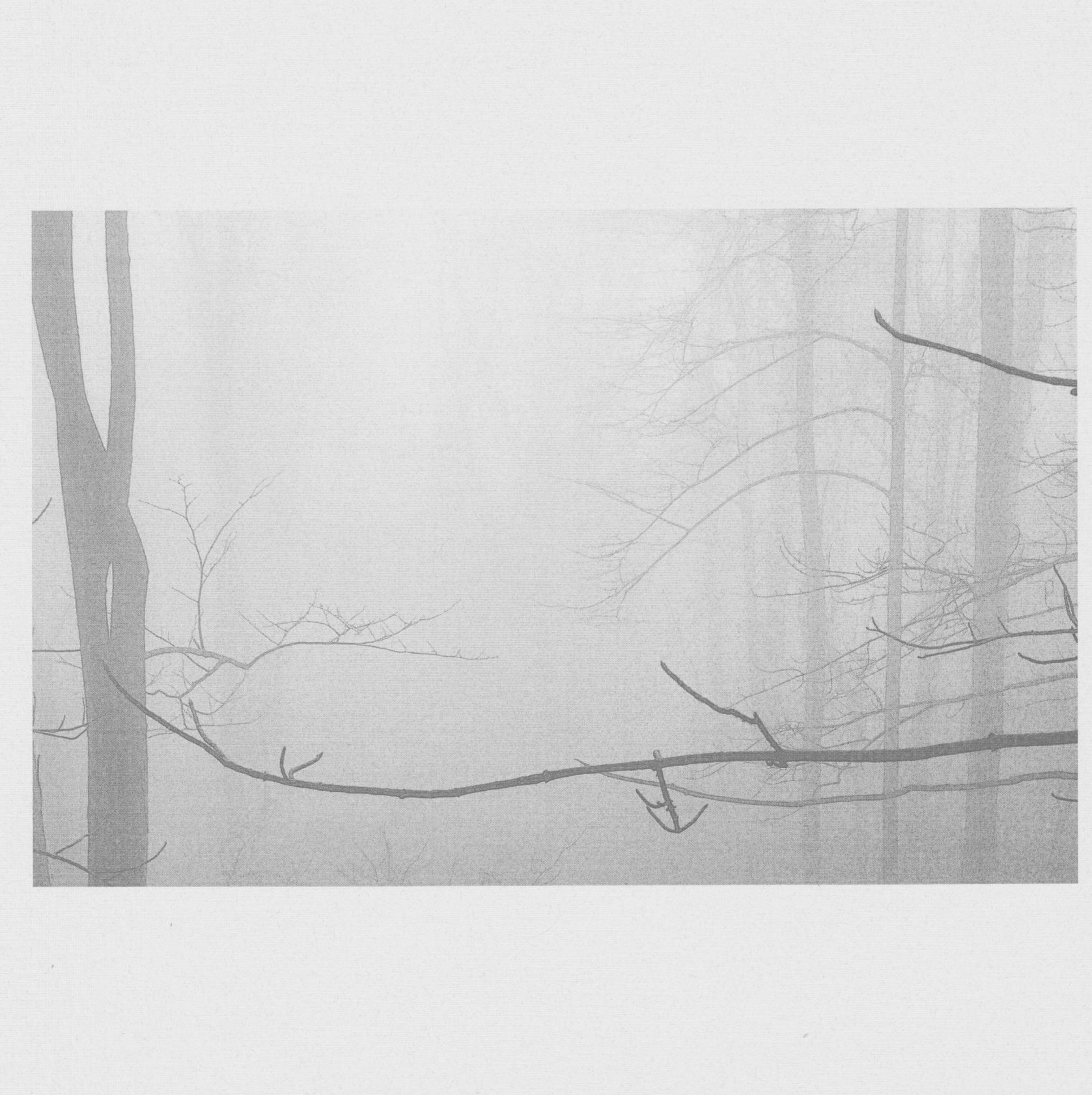
Caroline Hatfield, Field and Fence, 2020, 8" x 8", series of 30 works on paper of printed, digitally altered photographs and typed text
RB: In Land and Water (2019) you say you were inspired by the gallery handrail, as it reminds you of an overlook/ nature tourism. Was this handrail already there and this piece site-specific or just a coincidence? Can you talk more about your interest in human imposed boundaries/ barriers in nature?
CH: Yes, the handrail was already present in the space and my perception of it as an overlook inspired the work. It was very fortuitous, because I had been thinking a bit more about nature tourism and the ways we mediate nature. Of course the practice exists elsewhere, but it’s something of an American archetype - the road trip, national parks, site-seeing, etc. In some of the earliest photographs of Niagara Falls you can see handrails and pathways that had already been erected for tourists. The idea of natural wonders, pristine beauty, and “foreign landscapes'' were centered in the colonial mindset. That mentality works its way into science fiction all the time, like Star Trek’s reference to space as the final frontier, etc. Likewise, nature tourist sites often have this weird, surreal, almost SF tone. At the Cumberland Gap National Historical Park, you can drive (or hike) up the mountain to an overlook called The Pinnacle to arrive at a large curved deck lined with a polished metal handrail. It has a vague sense of a spaceship deck/viewport to me. Or, perhaps more obviously, there’s the Clingman’s Dome overlook at the smokies, which could totally (convincingly) be photoshopped into schematics for a Mars’s colony. Whatever these correlations mean, I think they are interesting.
![Caroline Hatfield, Land and Water, 2019, 45" x 144" x 96”, mortar stands, plywood, crushed recycled concrete, resin bonded concrete, aluminum, dyed water, water pumps [detail] Caroline Hatfield, Land and Water, 2019, 45" x 144" x 96”, mortar stands, plywood, crushed recycled concrete, resin bonded concrete, aluminum, dyed water, water pumps [detail]](https://locatearts.org/uploads/blog/Land_waterdetail.jpg)
Caroline Hatfield, Land and Water, 2019, 45" x 144" x 96”, mortar stands, plywood, crushed recycled concrete, resin bonded concrete, aluminum, dyed water, water pumps [detail]
RB: Where do you find your materials for the 3D works?
CH: I frequent hardware stores for sand, plywood, tar paper, etc. I rarely set foot in an art supply store, except to occasionally restock on pens or paper. Beyond that, I’ve dragged lots of old junk from the farm into the studio and I love using found objects that have their own history and context. I source many materials that are recycled/reclaimed, such as the coal slag I buy at Tractor Supply or the crushed recycled concrete I used in Land and Water. I took this image for Field Research (2016-2021) at a concrete recycling facility in Dallas.

Caroline Hatfield, Field Research, ongoing series: 2016-2021, digital photography
RB: What’s your favorite work of Science Fiction?
CH: There are a lot of works that have been very influential for me - both films and literature. I have to give a shout out to Star Wars here for serving as my entry point to the genre. Visually, Star Wars is something I return to a lot. I love the worn, lived in environments, the elemental landscapes, and the set design. In general, science fiction does something very unique, in that it estranges reality enough to abstract it, but it remains relatable. In this way, SF serves as an introspective device or a lens that can examine topics and issues that are difficult to look at in the cloudiness of the here and now.
My favorite work is probably The Dispossessed: An Ambiguous Utopia by Ursula K. Le Guin, which is the story of a physicist caught between two neighboring planets/societies and their contrasts of individualism/collectivism, governance/anarchy, and abundance/scarcity.
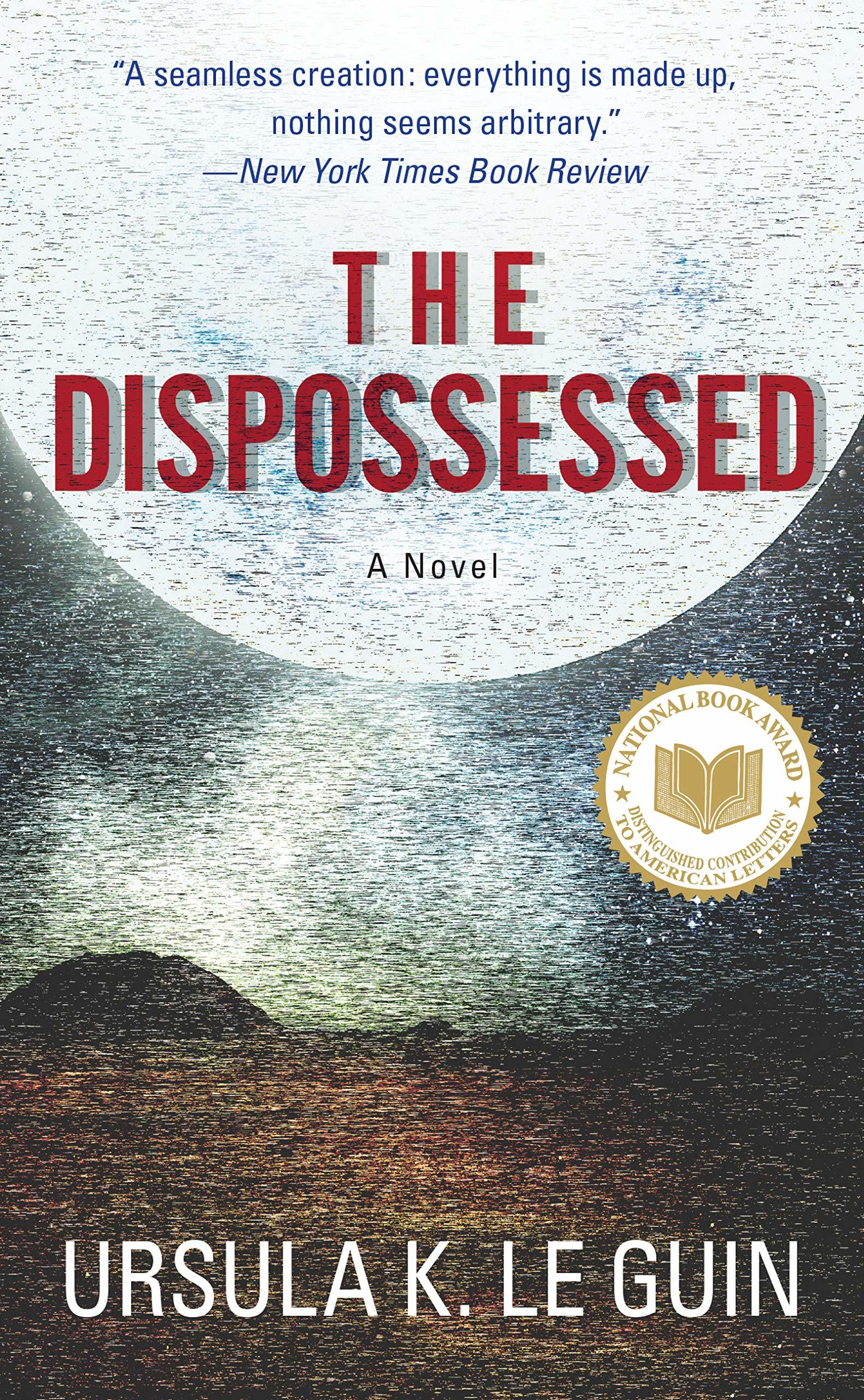
The Dispossessed: An Ambiguous Utopia by Ursula K. Le Guin
RB: What are you working on now and what’s next?
CH: Right now I’m working on some ceramic and mixed media sculptures for upcoming exhibitions. Most of my focus is going towards a public art project for the town of Cumberland Gap facilitated by Guardians of the Gap, a local non-profit. Essentially, the project is a moving tour through the town, with multiple sites marked by a ‘sculptural memory touchstone’ I am creating. The tour will have a digitally-guided component, so participants can access audio/visual archives relevant to each site. The tour is thematic, covering sites related to geomorphology, migration and movement, material resources and industry, enduring community, conflict and war, and the surrounding ecology. I am excited to be contributing the small monuments for each site, but more excited about this project serving as a catalyst for creative place-making/mapping. During the grant writing process, we often discussed National Geographic’s concept of “geo-literacy”, which, to paraphrase, advocates for understanding how human and environmental systems interact, analyzing interconnections between places and cultures, and reasoning the implications of human activity. The hope is that the tour may offer insight into the natural history and human history of the town. For me, this project feels like a natural step in moving my art practice out of the gallery a bit and I’m looking forward to that.
Caroline Hatfield’s creative practice utilizes sculpture, installation, photography, and drawing to explore themes of landscape and science fiction. After completing a BFA in Sculpture at The University of Tennessee, she earned an MFA in Interdisciplinary Studio Art from Towson University. Hatfield has exhibited nationally at venues such as The Mint Museum in Charlotte, NC and The Delaware Contemporary Art Museum in Wilmington, DE. Recent solo exhibitions include Land and Water at 500X Gallery in Dallas, TX and Unearthing at Target Gallery in Alexandria, VA, which was reviewed in the Washington Post. Hatfield is the 2018 recipient of the Trawick Contemporary Art Prize. She lives and works in East Tennessee, where she teaches at Lincoln Memorial University.
Rachel Bubis is a Nashville-based independent arts writer, regular contributor to The Focus blog, and LocateArts.org Web + Print Manager for Tri-Star Arts.
* all images courtesy of the artist

